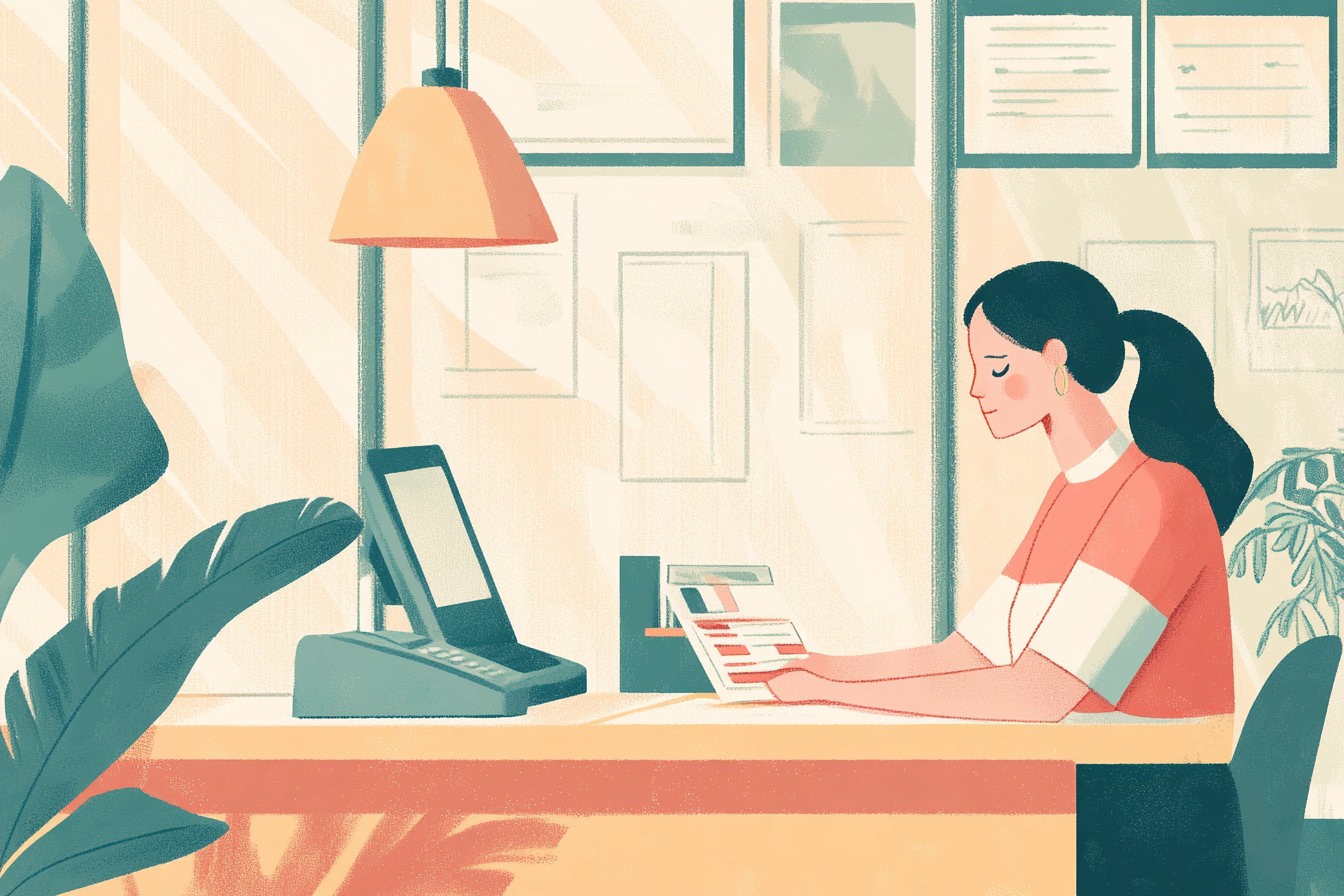Dealing with debt can be incredibly stressful. And it’s even more so if you can’t make your payments. If you have a loan you’re struggling to keep up with, it’s essential to know what to do. Ignoring the problem isn’t an option. In fact, it can make things spiral out of control and lead to severe financial consequences.
Remember that you’re not alone in this. For example, approximately one in six people with federal student loans are in long-term default on their loans. Life happens, and people fall behind on payments. It’s okay; there’s no need to feel shame about your situation.
Instead, make a plan and implement it as soon as possible to protect yourself.
Keep reading to learn more about what you should do if you can’t repay a loan.
Consequences of Missing Loan Payments
First, it’s critical to understand the real possible consequences of missing a loan payment. Your creditors want their money back and will take many steps to ensure you pay them. Systems are in place to dissuade consumers from missing payments so that people don’t abuse lending institutions.
Here are some potential consequences if you miss a loan payment:
- Your credit score will likely see a drop
- The missed payment can be added as a negative line item to your credit report
- Your interest rate on the loan may increase as a penalty
- You may be charged a missed payment fine
- If it’s a secured loan, the secured asset may become at risk of being repossessed. It usually takes a few missed payments before a lender collects an asset, but it varies for each contract. In this scenario, people may lose their cars, homes, or other assets.
- Your lender may send your loan to collections
What to Do If You Can’t Make a Loan Payment

So, you have your next loan payment coming up and realize you can’t make it. Don’t just sit around and let the deadline pass. You need to take action immediately.
Contact your lender immediately and inform them you can’t pay. Ideally, do this before the payment deadline so you can discuss it before any missed payments are on file. This shows your lender you’re still responsible and trying to keep up with the debt.
Discuss your options with the lender. They may suggest one of the following:
- Your lender may be able to put you on a payment pause for a short period.
- You might refinance.
- Your lender may agree to lower your interest rate.
Long-Term Solutions for Debt Repayment
If you think your inability to keep up with your loan payments will last a while, it’s time to consider some long-term options.
Some options to make your loan payments manageable again are:
- Refinancing. When you refinance, you convert to a new loan with new terms. You can extend your loan term so that you have a lower monthly payment. The downside is that you’ll pay more interest overall because you have a longer term, but at least you can manage the costs for now.
- Debt consolidation. If you have several loans or debt payments you can’t keep up with, debt consolidation might be the answer. As the name implies, debt consolidation is when you consolidate several debts into one single loan. You can ensure this new loan is at the right interest rate and loan term length so the monthly payment feels manageable.
- Settlement. Sometimes, you can settle a debt with a lender. You get to pay less than you owe, but the catch is that you give them a lump sum payment so they get their money back right away. Not all lenders are open to debt settlement. And you need to have cash on hand to offer a lump sum, so this option isn’t for everyone.
- Debt counseling. Consider speaking to a debt counselor to have your budget evaluated and better understand your options. Debt counselor services are often free and can be very helpful. It’s possible that simply re-evaluating your budget can help you get back on track with loan payments.
- Cut back on spending. If you’re eager to learn more about personal finance, consider trying to figure out your budget yourself. You may be able to cut back on unnecessary expenses to afford your loan payments. For example, reducing eating out and discretionary shopping may be the answer.
- Earn extra income. Consider getting a second job on the side to earn the extra income for your loan payment. There are lots of options for part-time gig work now. You could be an Uber driver, sell used items on Facebook, or become a barista at your local coffee shop. A few extra hours a week of work might be the way you can afford your loan payment.
Financial Freedom Is Still Possible
Sometimes it feels easier to ignore your problems. But that’s never the solution when it comes to debt and lenders.
Holding debt can be triggering and cause physical and mental health problems. An astounding 45% of Americans are stressed about money right now. If you fall behind on your loan payments, that stress will only compound as you get notices about late fees, penalty APR increases, and threats to send you to collections.
Talk to your lender and make a plan today. You can still be on the path to becoming debt-free.
You might also be interested in: A Complete Guide to Amortization Loans


